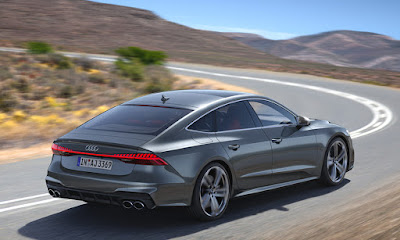The Times Higher Education World University Rankings 2020, released on 11 September 2019, has revealed the world’s top universities.
A UK university has taken the top spot: the University of Oxford. There is now a new world number two, with the California Institute of Technology climbing three places from last year to second place.
In total, 92 countries are represented in the ranking and 27 of these have at least one university in the top 200
Top 5 universities in the world
1. University of Oxford
One of the most prestigious universities in the UK has come out on top for the fourth year running.
The University of Oxford is the oldest university in the UK and one of the best known in the world.
There are more than 20,000 students at Oxford, with an almost equal number of undergraduates and postgraduates.
About 95 per cent of Oxford graduates are either employed or in postgraduate study within six months of completing their studies.
Admission is extremely competitive; on average the university receives five applications for every place.
The university employs staff from just under 100 different countries and foreign citizens make up about 40 per cent of the student and academic body.
Dispelling the myths around elite universities
2. California Institute of Technology
One of the most striking features of Caltech is its unusually small size; only around 1,000 undergraduates and 1,250 postgraduates are enrolled there. The college boasts a high student-to-staff ratio.
Caltech aims to foster an interdisciplinary environment in which students learn about and tackle the most challenging and fundamental scientific or technological problems.
The institution was founded as Throop University in 1891. It assumed its current name in 1920.
There were 6,506 applicants for the entry class graduating in 2019 and 99 per cent of the students accepted across all years were in the top 10 per cent of their high school class.
More than half of Caltech students receive need-based financial support. The average financial aid package is $38,983 (£29,890).
Caltech’s mascot is a beaver, “nature’s engineer”.
Among the unusual features of the university are the customary cookie break taken every Thursday by physicists and their students, and the university’s status as a distributor of olive oil.
3. University of Cambridge
The University of Cambridge operates a collegiate system, much like the University of Oxford. Almost all of the 18,000 students belong to a college or hall, where they have the option to live, study and sleep on site.
There are 31 colleges and 150 academic departments at Cambridge.
The university has a long and prestigious history dating back to 1209, when scholars in Oxford fled to Cambridge after clashes with local people.
Many famous politicians, cultural figures and scientists spent time in Cambridge, including Isaac Newton and John Harvard, who would go on to found Harvard University.
Every college has unique traditions and all students matriculate in a formal ceremony when arriving at the university.
4. Stanford University
Stanford has generated many start-ups and entrepreneurs and was partly responsible for the development of the surrounding Silicon Valley.
Many students go on to achieve great things; 17 Nobel laureates are affiliated with Stanford.
The large campus is home to 97 per cent of undergraduates and nearly 700 university buildings, alongside museums, gardens and recreational centres.
There are just under 7,000 undergraduates and 9,000 graduates at the university, with a 7:1 student-to-staff ratio.
Research at Stanford has a $1.22 billion budget and more than 5,000 of the projects are externally funded.
The 10 most beautiful universities in the US
5. Massachusetts Institute of Technology
The Massachusetts Institute of Technology was founded mid-19th century and has always endeavoured to provide financial aid to students on a needs basis.
The very first architecture classes anywhere in the US were taught at MIT. The first female student, Ellen Swallow Richards, was admitted to the chemistry department in 1871.
Just two years later, the first international student – from Canada – graduated from MIT.
The campus in Cambridge, Massachusetts, includes 18 student residences, many gardens and public works of art.
Admission to the university is extremely selective; only 8 per cent of applicants won a place in the graduating class of 2019.
Graduates are employed by top companies, including Google, Amazon and Apple.



























